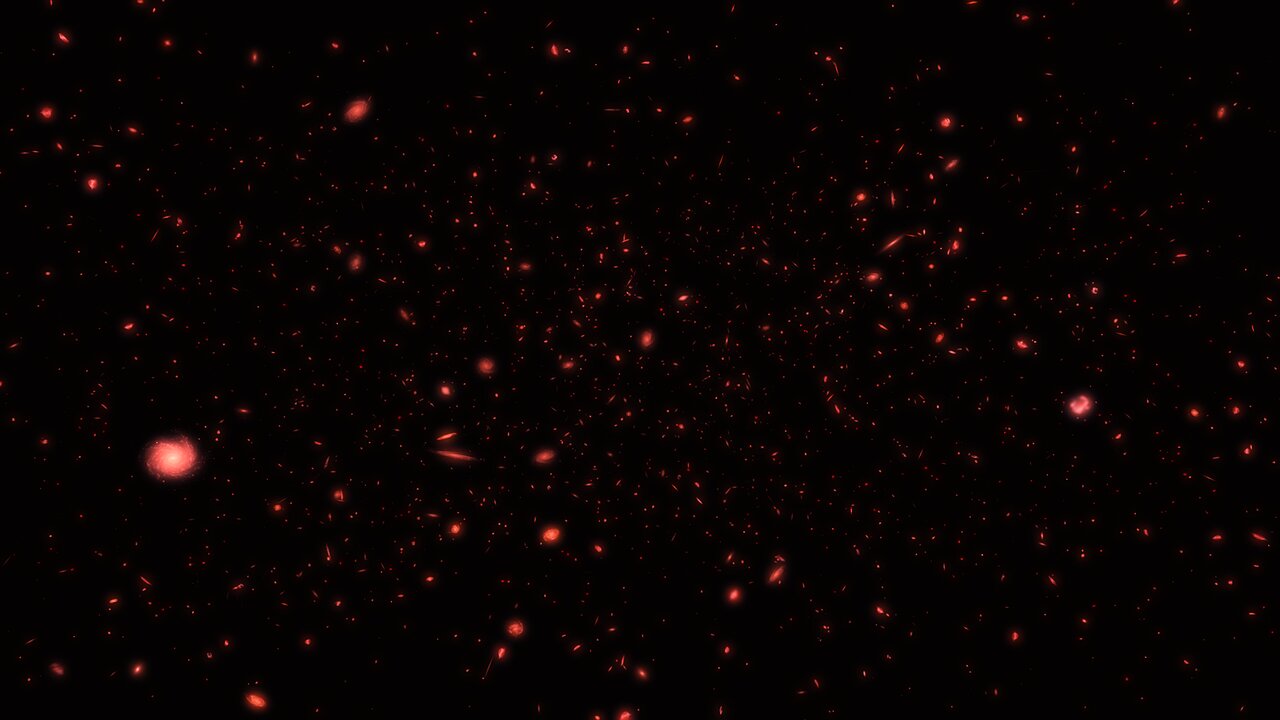
The oldest stars in the Universe are cloaked in darkness.
The James Webb Space Telescope will be our most effective telescope for observing the very early Universe, and should observe out to z = 15.
To observe the Universe’s very first stars, we need a bigger telescope.
The Ultimately Large Telescope.
The Ultimately Large Telescope (ULT) is just a concept at this point.
No doubt the James Webb Space Telescope will show us a lot about the early Universe, but we all know we’ll want an even more powerful telescope in the future.
We want to know more about the early days of the Universe, and the stars that lived there.
Because they’re the first stars, they have very low metallicity.
Pop 2 stars came next.
As the Pop 1 stars lived and died, they fused heavier elements and spread them out into the Universe.
Pop 2 stars are formed from some of that matter, so they have higher metallicity than Pop 1 stars.
Pop 1 stars are the “third generation” of stars.
As third generation stars, they have an even higher metallicity than Pop 2 stars.
So even though astronomers speak of high metallicity in stars, the overwhelming mass of a star is still hydrogen.
Pop 3 stars hold a lot of secrets about the early Universe, and astronomers want access to those secrets.
Since the first stars had almost no metals, they formed and evolved differently.
The ULT needs to be powerful enough to find the “minihalos” that Pop 3 stars formed in.
Theory predicts that the Universe’s Pop 3 stars also formed in halos, though much smaller.
In fact, the Moon is looking like an ideal location for certain types of telescopes, especially radio telescopes.
NASA recently announced funding for a study into a radio telescope on the far side of the Moon.
When Apollo 16 landed on the Moon on April 21st, 1972, it carried an ultraviolet telescope that took 178 images of the Universe.
The Chang’e-3 lander took a remotely-controlled telescope to the Moon in 2013, and in 2019, their Chang’e-4 lander took a small radio telescope to the Moon.
And by making observations of the Universe’s first stars possible, it could finally answer some of the questions that stand in the way of our understanding of the Universe.
This episode is a segment that we did in the Weekly Space Hangout talking about how astronomers are using masers (water lasers) to measure the expansion rate of the Universe